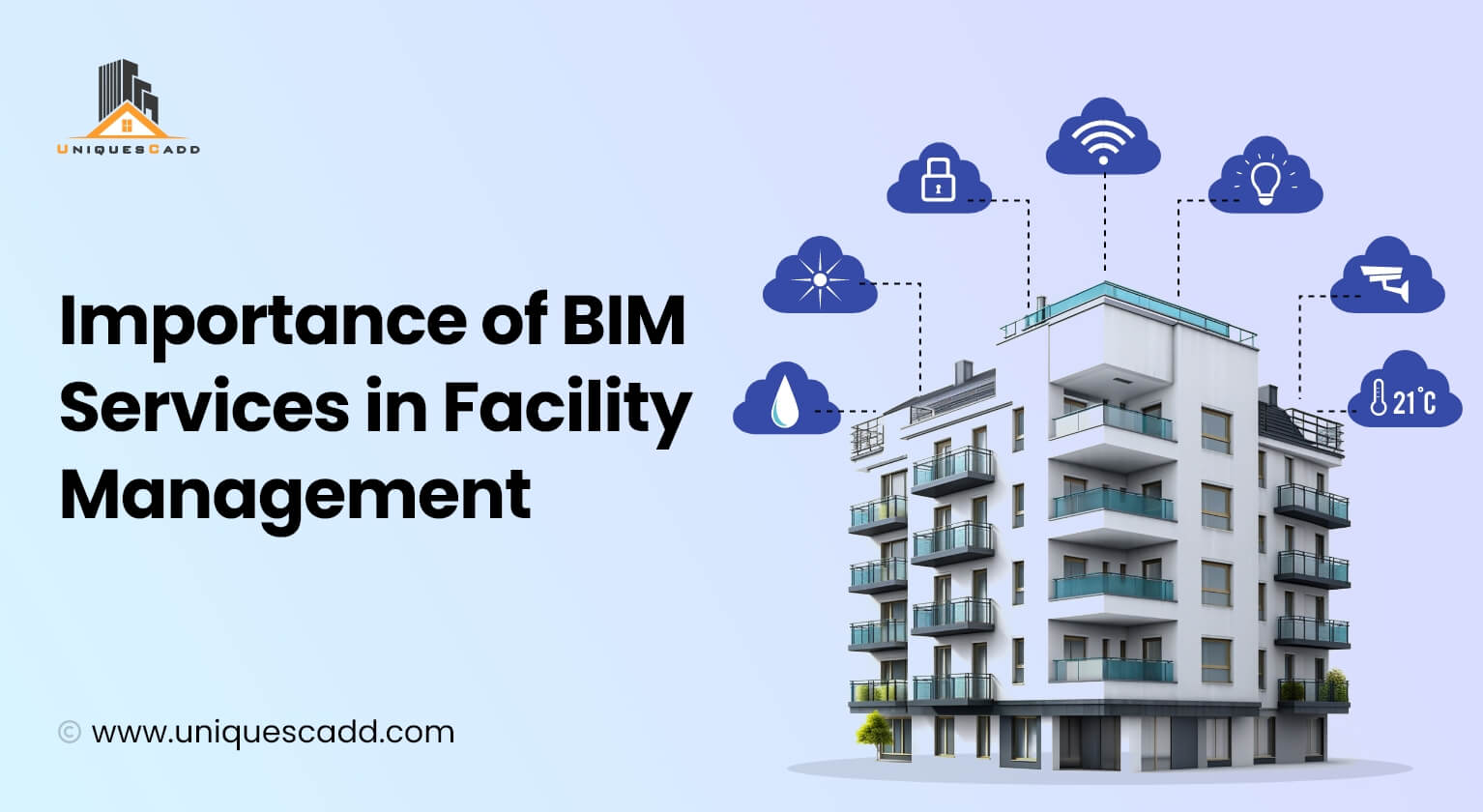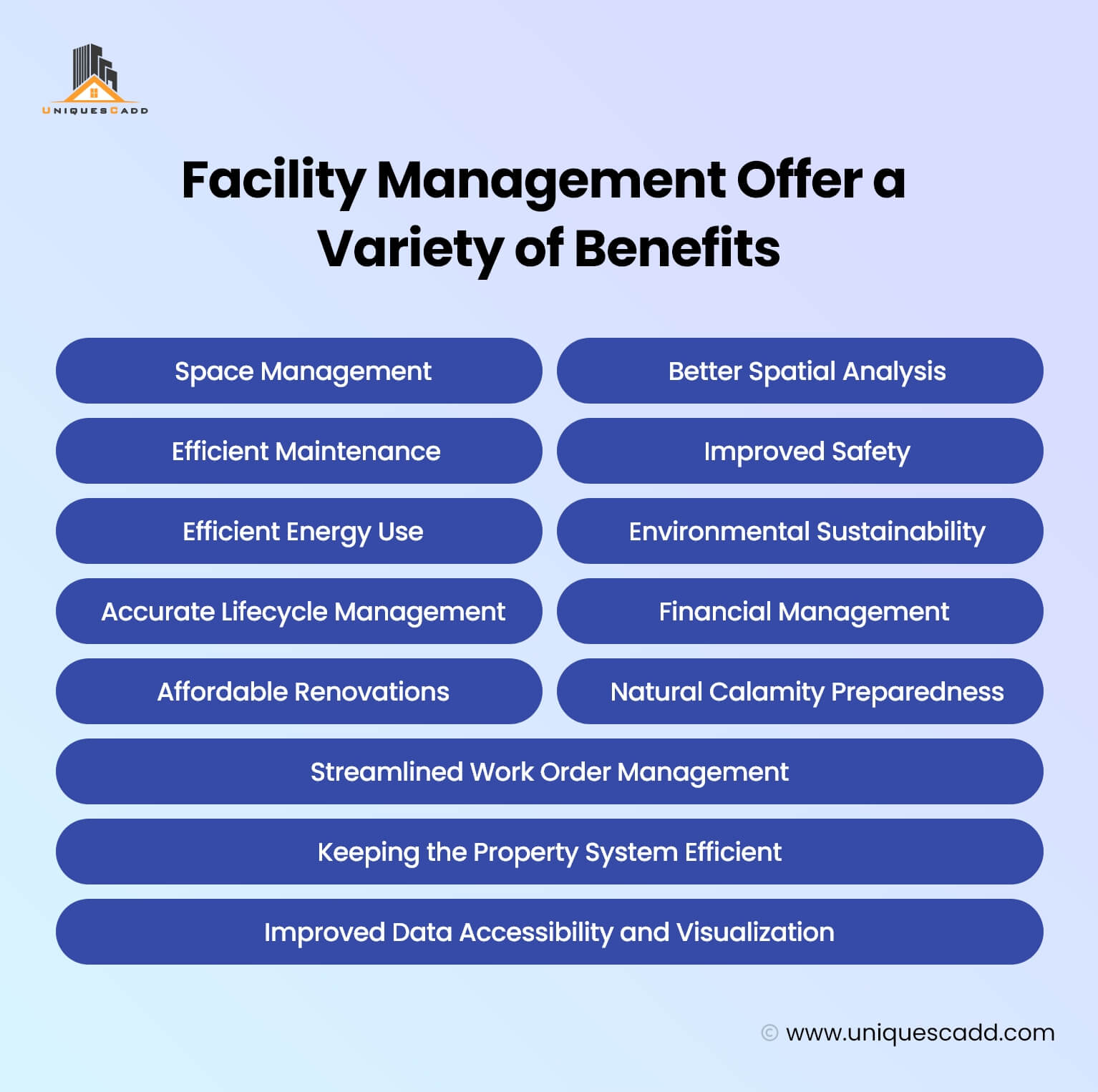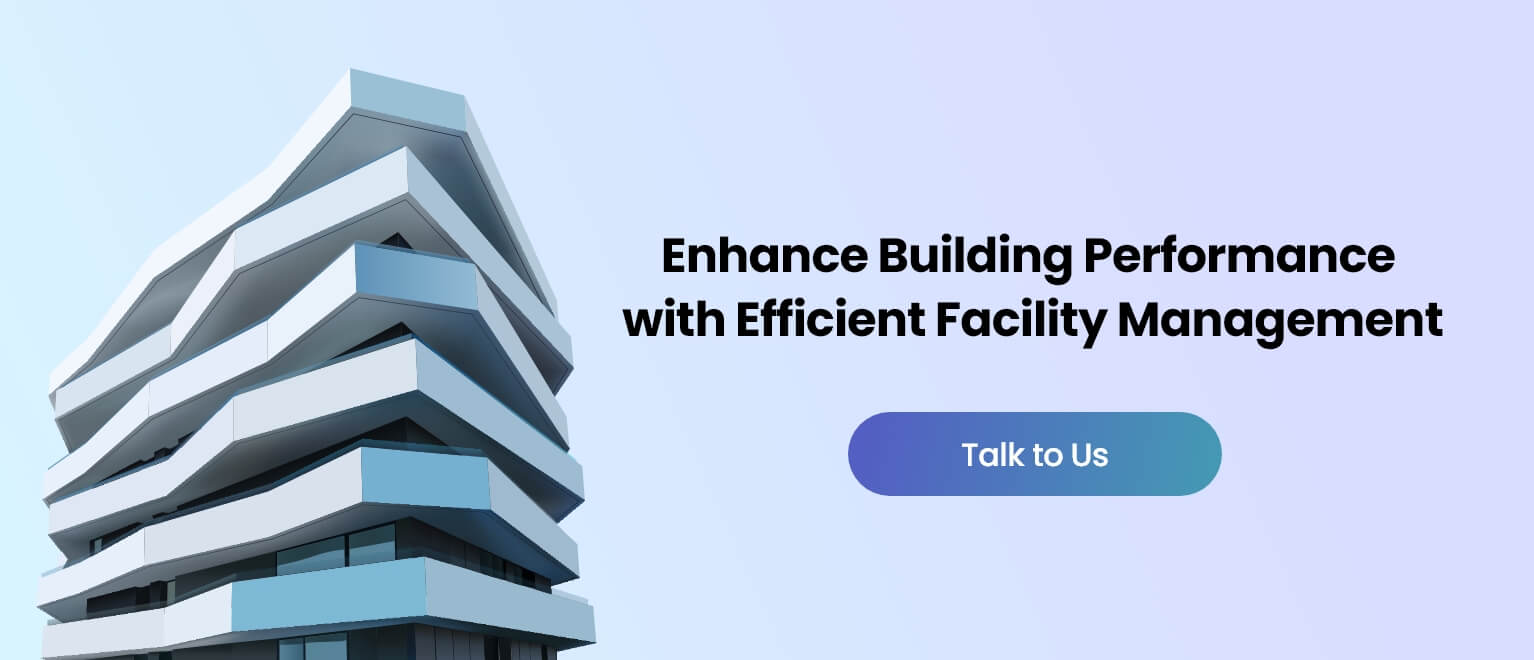
Importance of BIM Services in Facility Management
Over the years, the AEC industry has seen major growth globally. One of the reasons is rapid advancements in technology and the emergence of new innovations that support the AEC sector. As a matter of fact, completing the construction isn’t the end game for AEC professionals. Surprisingly, the process of construction is continuous and long and demands time to time to review, check, investigate, and manage the building. Observe the building you are in right now. Can you notice how all the functionalities of the building are accurately working? Elevators work okay, lightning in the structure is sufficient, a good amount of air ventilation makes the environment breathable, and adequate space in the building and other things that make the building sustained and withstand since the construction. However, the behind-the-scenes for such infrastructure is a sophisticated yet imperative concept called BIM (Building Information Modeling)
BIM has become more than a concept since its inception and broader adoption in the AEC sector. Today, professionals and experts from the construction sector can only execute projects with BIM technology, that is how powerful it is. It’s a game changer and revolutionary innovation in architecture and construction, enabling experts to perform efficiently with high precision.
As a matter of fact, the implementation of BIM services in construction projects enhances the groundwork with ease of execution while maintaining the timeline. However, is that all once the infra is completed? A firm no is an answer, as more than just construction is needed for a structure to withstand for many years.
As widely known, the method, approach, and process of constructing a building is long and time-consuming. On the contrary, different areas of architecture procedure are intricately planned, designed, constructed, and managed. However, one might wonder what is needed to manage the infrastructure once it’s built.
Well, maintenance of anything from time to time is required to keep it functional. For instance, a road is constructed and then used; however, over the years, it is rebuilt to keep the road smooth so that vehicles can run smoothly. Similarly, building management is integral to the post-construction phase once the construction is completed.
Furthermore, when it comes to building management, BIM plays an essential role in keeping the infrastructure maintained effectively and efficiently. The process of keeping the structure well maintained is called facility management, widely known as the building’s lifecycle. Let’s understand this in detail and how 3D BIM modeling is a major player.
An Overview of Facility Management
Facility management is defined as the maintenance of the infrastructure throughout its lifecycle. Furthermore, it is a continuous and keen process of maintaining the building well, such as tuning the workings of MEP systems, structural and architectural aspects, and more. The primary objective of facility management is to ensure optimal management of assets and their functional prospects, such as equipment, space, furnishings, etc.
Moreover, any building, commercial or residential, cannot function without facility management, as the maintenance of the structure includes renovations, refurbishments, asset management, contract management, and more. In fact, it is also essential to regularly investigate the structure to understand its tendency and capacity to withhold any natural calamity.
According to some statistics, after a few years of operations, 10% of the area is under reconstruction. Hospitals may renew their floors or change the function of some rooms, and hotels may add more boilers or laundry rooms. Every building ever constructed is supervised via a process known as facility management, where BIM services play a major role for efficiency purposes. UniquesCADD have proficiently completed a project for residential building facility management in the Netherlands where the skilled team seamlessly provided clients for efficient facility management documentation.
BIM as Powerful Tool for Facility Management
As widely popular in the AEC industry, BIM is an essential concept that acts as more than just a concept for professionals. Since its inception, it has transformed the reality of architecture and the construction process. For a brief overview, BIM services are defined as a digital representation of the physical structure and its functional characteristics.
It is a 3D intelligent mode, rich in information about the structure. Moreover, it’s a comprehensive digital view of the building that helps professionals to ease out the groundwork. From the conceptualization to construction, 3D BIM modeling simplifies the complex process of the entire project.
However, once the construction is completed, BIM also becomes a major role in maintaining the life cycle of the building. Since the model is in a rich database, BIM technology plays a central repository facility manager to carry out the task efficiently. To accurately perform the facility management process, it is essential to have all the valuable insights of the building to come to a concrete conclusion.
Here, 3D BIM services come into play as the rich data intelligent model brings comprehensive insights. As a matter of fact, every 20-30 years, any infrastructure requires a thorough check to ensure safety as a priority for occupants. Other than that, BIM services for facility management offer a variety of benefits.

Future of BIM in Facility Management Process
BIM as a technology keeps on upgrading according to technological advancements. Hence, this brightens the future of BIM services in facility management, with a keen potential to reshape the architecture and construction industry and improve the project’s safety, sustainability, and lifecycle. Therefore, this makes 3D BIM modeling services for facility management a bright technology for lifecycle project managers to accurately and efficiently manage the infrastructure aspects and maintain harmony and safety of the occupant as well as the building. Facility management proceeds under strict guidelines and regulations depending upon the type of property. There are certain imperative novel ways to promise the future of BIM for facility management; the following are:
- Better Training, Skills, and Guidance
- Curating a BIM Implementation Plan
- Adapting to New Technologies and Software
- Integration of AI and ML
In a Nutshell
The implementation of 3D BIM services can enhance the facility management process, offering occupants safety, improving the building with space management, improving asset maintenance, streamlining processes, and providing energy performance analysis. In fact, the integration of BIM in facility management can give professionals a new curve for sustainability and cost-effectiveness levels. Get engaged with UniquesCADD’s facility management services through a team of hand-picked talent and a blend of cutting-edge technologies.
- Crucial Role of BIM for Project Managers and Planners - May 15, 2024
- Enhance Design Quality with MEP Coordination Services - May 9, 2024
- Key Difference Between BIM and Revit - May 3, 2024

